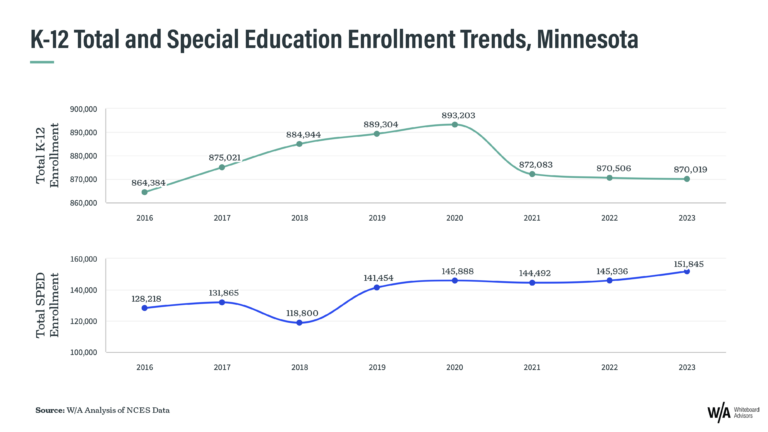In 2015, Jacob Stiglitz and I wrote an article for TechCrunch titled “Skipping Copper: The Consumerization Of Edtech.” Inspired, in part, by the experience of my “touchscreen generation” children, we made the case that as “screenagers” they’d “expect immediate access to online homework help.”
What I didn’t expect was that just a few years later, my now 13-year-old daughter would say: “hey Dad, my AI keeps giving me the answer; can you help me login to my tutor so I can actually learn?” (yes, that actually happened).
To be sure, the pandemic accelerated a shift in consumer preferences when it comes to education (e.g., comfort with and awareness of online modalities). And the incorporation of AI into education is now advancing at a breakneck pace.
Marc Andreessen imagines a future where “Every child will have an AI tutor that is infinitely patient, infinitely compassionate, infinitely knowledgeable, infinitely helpful.”
But in the meantime, some of the most fascinating work in the education space is centered on solving for the sort of human-machine symbiosis that undergirds the application of AI ranging from chess to national security. I still love this talk from 8VC’s Joe Lonsdale, who often explains the role of human-machine symbiosis in Palantir’s origin story (i.e., creating value by creating technology that doesn’t necessarily solve a problem for you, but helps you to solve the problem – or solve it on a much larger scale).
From an educational standpoint, that might involve a child reading to a computer which listens, learns, and generates recommendations that a highly skilled (but often under-resourced) teacher can use to hone her instructional strategy. That sort of real-time feedback and support with the diagnostic dimensions of teaching could be game-changing for educators, who often have neither the instructional aides – nor the time allotted – to perform, tabulate, and interpret the results of “observational assessments” (for young children who cannot yet take assessments themselves).
It could mean “matching” a child with a tutor based on their unique needs and a tutor’s particular strengths and expertise.
AI can make predictions about the root of a challenge based on the child’s local standards , time of year, or even similar questions from other kids in the same school. A human tutor, in turn, brings a critical layer of nuance: is the learner “stuck” because they haven’t memorized a particular formula, or because they don’t understand the concept of angles? Maybe they missed a day of instruction on multivariable equations.
Great teachers of math or reading tap decades of experience to spot patterns and tailor their approach. Educators enabled by AI bring terabytes of data to bear on their practice.
This isn’t the stuff of science fiction.
Ireland’s AI ambassador and entrepreneur Dr. Trish Scanlon spent years developing voice recognition that can understand complex children’s voices and is already being applied and studied in the early literacy context.
Varsity Tutors has proven that augmenting human capacity with AI can not only improve learner outcomes, but also improve the unit economics of a now-public company. They now offer a subscription based “learning membership” that gives users on-demand access to live tutors (among other things) and hit their first quarter of profitability in the first quarter of this year.
Saga Education, backed by some of the most rigorous RCTs in the field, has now partnered with the University of Colorado Boulder to build an AI tool that provides coaching to tutors.
There are other exciting applications as well. Mainstay (formerly AdmitHub) has made waves in higher education with AI chatbots that are helping students – and colleges – reduce “summer melt,” backed by a growing body of research showing that similar chatbots can help students improve their academic performance and persist to graduation.
Of course, none of these are operating at the scale that alleviates have-and-have-not concerns that Jake and I wrote about, and animates much of our work at Whiteboard Advisors.. And with innovation comes new risks, particularly in education — where the dangers of algorithmic bias (e.g., in early literacy), unchecked, could have compounding effects.
But there’s no doubt that AI is already having a profound impact within education, and that we’re in the midst of another “leapfrog” moment.




